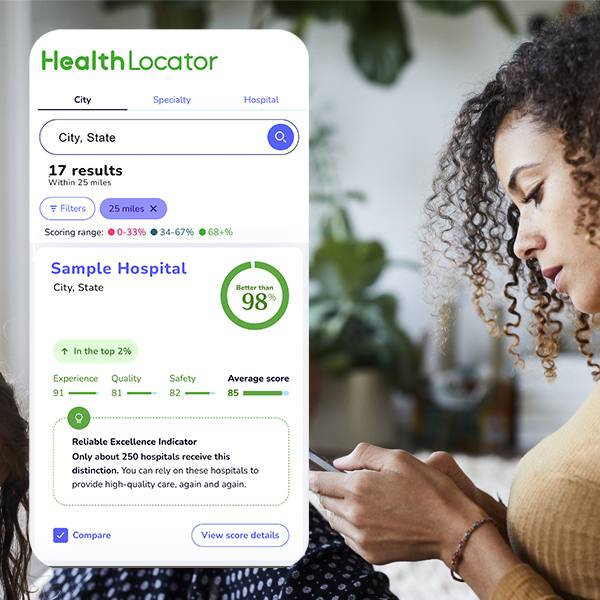-
Elective Early-Term Deliveries Increase Complications for Baby and Mom

ROCHESTER, Minn. — Dec. 16, 2013 — Enduring the last few weeks of pregnancy can be physically and emotionally challenging for some women. The aches and pains, the swelling of the limbs and the anxiety of when labor may start are part of the natural gestation process, but they also can seem unbearable. It may seem easier to relieve symptoms associated with late pregnancy by electing to deliver early, but Mayo Clinic researchers caution that there can be an increased risk of complications to the mother and the newborn associated with early-term deliveries.
Mayo researchers recently published a review article on this topic in the journal Mayo Clinic Proceedings.
Historically, a full-term pregnancy is calculated as 40 weeks after the last menstrual period. A term pregnancy occurs at 37 weeks or beyond, and an early-term pregnancy is considered to be 37 weeks to 38 weeks and six days. According to the researchers, approximately 10 to 15 percent of all deliveries in the United States are performed before 39 completed weeks of gestation without a true medical indication for early delivery.
“Morbidity and mortality rates have increased in mothers and their babies that are born in the early-term period compared to babies born at 39 weeks or later,” says Jani Jensen, M.D., obstetrician and lead author of the study. “There is a need to improve awareness about the risks associated with this.”
The increased risks for newborns include morbidity, such as respiratory (breathing) difficulties, feeding difficulties and problems such as cerebral palsy although the overall risk is low. These morbidities can also lead to higher rates of admission to the neonatal intensive care unit (NICU).
An elective early-term delivery requires a pregnant woman to be induced, which involves medication or procedures to help start labor. This can lead to a prolonged labor requiring deliveries with instruments such as forceps or a vacuum and may cause infection or hemorrhaging. There is also an increased risk of needing to have a cesarean delivery, and long term there could be more surgical complications for the mother. “It’s not an entirely benign procedure that we are talking about,” says Dr. Jensen.
Dr. Jensen sees a huge need to increase patient awareness and the public’s perception about term pregnancy and when it is safe to deliver a baby. One research study that was reviewed included 650 women who recently delivered a baby. Half of the respondents believed that a full-term pregnancy occurred at 37 to 38 weeks of gestation and 25 percent thought it was safe to deliver a baby at 34 to 36 weeks.
Public awareness campaigns and health care providers can help raise awareness about the complications. Some hospitals have taken steps to decrease the rate of elective early-term deliveries, such as implementing a “hard-stop” policy that prohibits physicians from scheduling an elective induction before 39 weeks. Insurers and quality academies are also taking a close look at this practice. Some companies are refusing to pay for deliveries that are electively induced without a solid medical indication.
###
About Mayo Clinic
Mayo Clinic is a nonprofit worldwide leader in medical care, research and education for people from all walks of life. For more information, visit http://www.mayoclinic.org/about and www.mayoclinic.org/news.
MEDIA CONTACT: Kelley Luckstein, 507-284-5005, newsbureau@mayo.edu







